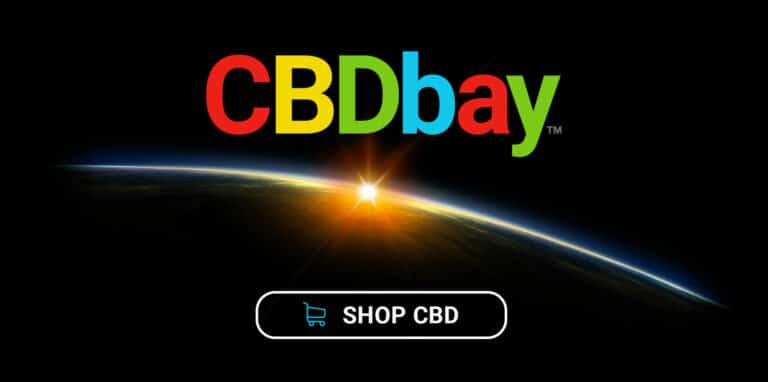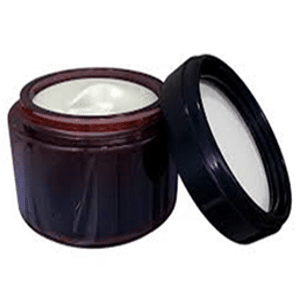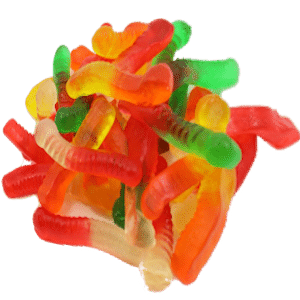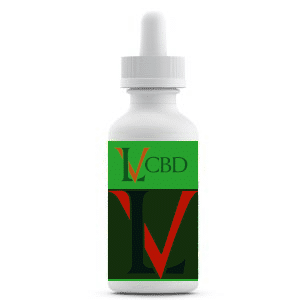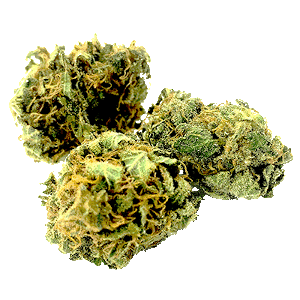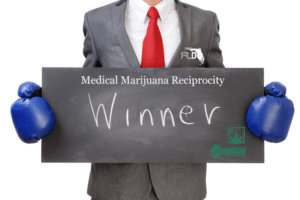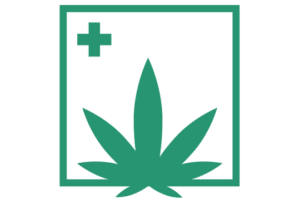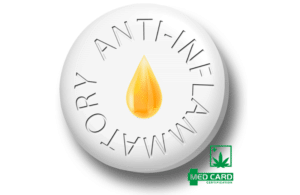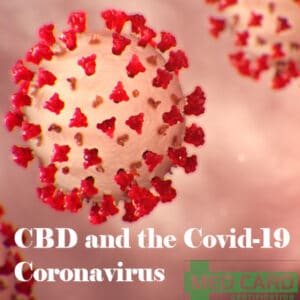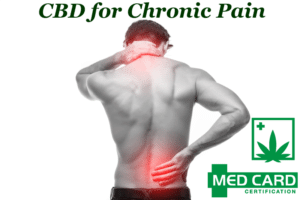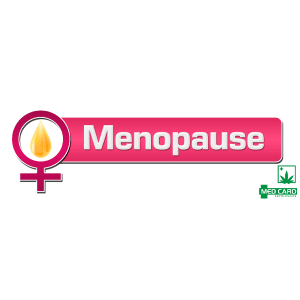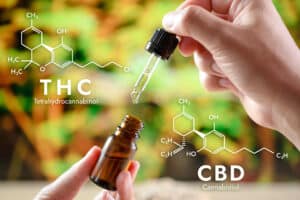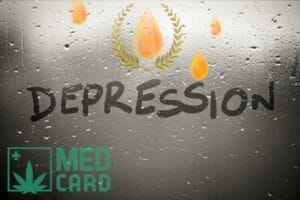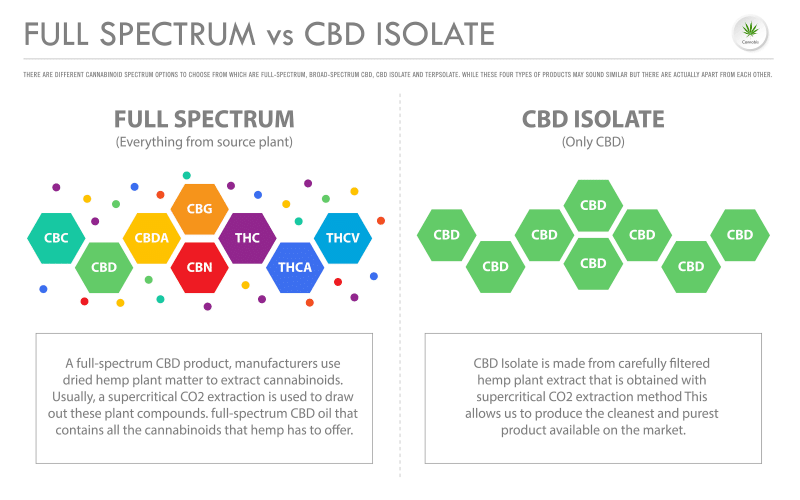
CBD Isolate vs Full Spectrum
What’s the difference between full-spectrum CBD oil and CBD isolate?
Well, we’re glad you asked because this is just about the most important piece of information that you’ll need to consider when selecting CBD products. Knowing the difference between the two can make the difference between getting a product that works for you, or having to say “yeah, this is not at all what I expected.”
You’re probably not old enough to remember, the Wild, Wild West, but back then, in the New Frontier there were just too few laws, and too few officials to enforce them. As a result, chaos reigned throughout the land and bad things happened to good people.
Yeah, that’s what it’s like right now when it comes to CBD oils and CBD-infused products. You could take a bucket of veggie oil and put a few drops of hemp extract in it and call it CBD oil if you wanted to because there are no rules, and the FDA doesn’t have the manpower to police CBD companies if there were rules.
But it does happen. Bad actors want to take advantage of the current situation with the growing popularity of CBD and give you as little CBD as possible for as much money as possible. But there are good companies and good products. You just need some basic information.
Learning & Doing Your Homework
If you’re just learning about CBD, doing your homework on it, or shopping for some CBD oil to cure what ails you, the first thing you’ll notice is that… it’s… complicated. You’ve got hemp extract, CBD oil, CBD-infused oil, CBD edibles, full-spectrum CBD oils, broad-spectrum CBD oils, CBD vape pens, suppositories, and so on and so forth. And now we even have FDA-approved CBD prescription drugs. It’s a lot to sort out, frankly. But we’re here to help.
There’s one particular distinction that if you can get the concept, the rest of this will just fall into place. That is the distinction between full-spectrum CBD oil and pure CBD isolate. Just the names alone should tip you off as to what the differences might be between them. It all comes down to one of the four the levels of refinement.
Four levels of the refinement process.
Raw Hemp Extract
The first step in producing any CBD product is to extract the essential oils from the resinous, melodious buds from a plant known in the industry as phytocannabinoid rich hemp. Or PCR hemp for short. This plant looks like marijuana, it smells like marijuana, and it’s cultivated in the same way as marijuana. In fact, this type of hemp is not a relative of industrial hemp which is farmed for seeds and fiber. It’s actually a strain of marijuana which has had the THC bred out of it. THC is the compound in marijuana that gets you high. Hemp must have levels of THC below three-tenths of one percent in order to be legal.
CBD Oil
Needless to say, this raw extract is probably not something you’d want to put in your mouth. It looks and tastes foul. It needs to be filtered and distilled in order to produce a nice smooth oil rich in cannabinoids but devoid of nasty tasting things like chlorophyll. This product contains the full spectrum of cannabinoids and other active compounds found in the original bud. And it’s called, you guessed it, full-spectrum CBD oil.
CBD Concentrate
Taken another step further in the refinement process, additional distillation produces what is known as CBD concentrate. This is like frozen concentrated orange juice in some sense. It needs to be either reconstituted (in this case with oil, not water), or it can be used as an ingredient in foods, cosmetics, and so on. This product still contains the cannabinoids — in fact, it concentrates them — but in the process, it destroys a lot of the other active compounds such as terpenes.
Terpenes are important to this story because they also have medicinal value and they contribute to the overall effect of the product. This combined effect is known as the entourage effect. Remove the terpenes from the equation and you change the product’s effects.
CBD Isolate
When taken to its logical conclusion, this refinement process can produce very near 100 pure CBD. This is made possible by the fact that CBD turns into a vapor at a very specific temperature. The same is true with other cannabinoids, so they can all be isolated, as can terpenes using a similar process.
Purified CBD is a crystal, like salt, at room temperature. It is odorless and colorless and is therefore ideal for use in foods and cosmetics. It can also be dissolved into an oil base, in a sense reconstituting it into what some companies call CBD oil. It really should be called CBD-infused oil. You really need to check the manufacturer’s specifications to determine how the product was made.
Broad-Spectrum CBD
Another type of product is made by combining CBD isolate with other purified cannabinoids and terpenes as well as the essential oils from other medicinal plants in order to customize the products effects. These products, although they do, indeed have a spectrum of cannabinoids and terpenes, they should not be considered full-spectrum oil, but rather broad-spectrum oils.
So, you still have a lot of homework to do to determine which product best fits your needs. But, hopefully, armed with this information you’ll be able to better understand the differences between them.

